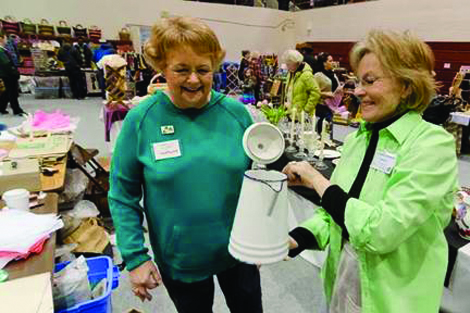Expansion of retirement plans proposed
President Obama has proposed an overhaul of the nation’s retirement savings systems in an attempt to make it easier for workers to save for their post-retirement years.
The proposal includes asking businesses and states to make benefits transferrable from one employer to another and also making them available to people who are self-employed, work part-time or have multiple employers. The Obama administration also is suggesting requiring employers who don’t have retirement benefits to automatically enroll their workers in individual retirement accounts.
The plan, which needs congressional approval to take effect, was announced Jan. 26 and was to be part of the 2017 federal budget that the White House sent to Congress in February.
Caring Across Generations, a national advocate for aging Americans and caregivers, applauded the proposals. In the face of an age wave and concerns about the economy, it’s critical that policies and supports keep up with the needs of 21st-century families and workers, said a spokesman for the organization.
One in three workers nationally don’t have access to a retirement savings plan. Professional caregivers and family caregivers for seniors are at particular risk of lacking any kind of retirement security, according to Caring Across Generations’ Josephine Kalipeni, director of policy and partnerships.
“As the Baby Boomer generation retires, our country is about to be older than ever before. Planning ahead for retirement is crucial, but planning ahead for longÂterm care is too often overlooked, and individual saving can only go so far,†Kalipeni said. “With longÂterm care not covered by Medicare, we hope these proposals open the door for more forwardÂthinking, public-sector innovation at the state and national level to address the full cost of aging.â€
Seventy percent of adults over the age of 65 will require longÂterm care for an average of three years, Kalipeni said.
In addition to the White House’s proposal, Senate Bill 2338, sponsored by U.S. Sen. Mazie Hirono of Hawaii, would establish grants to pay for states’ studies of ways to meet the needs for long-term care.
